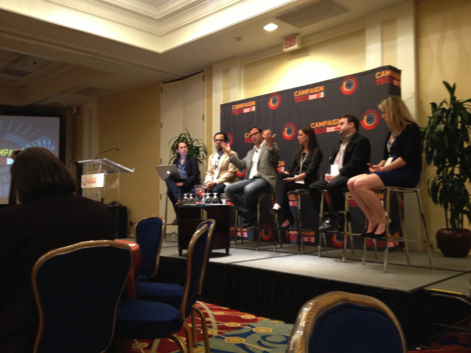“The Google knows all” is a favorite saying of one of my friends. We live in an age where almost any information we want is at our fingertips around the clock. When you hold your smartphone in your hand, you hold a portal to the accumulated knowledge of the centuries. All information and information isn’t created equal however. With all this accessibility, there are some skills that are required in order to effectively communicate. Right now, to be successful online, to build relationships, you must be authentic and you must create good content on a regular basis. We might be in the 21st century, but the old school skills of creative writing skills and “how to win friends and influence people” are very much in style.
1. Interpersonal Skills & Public Speaking
If the “Information Age” has done anything, it has put premium on authentic and personal human interaction. The less necessary something becomes, the less likely it is to be utilized, and therefore it makes more of an impact when it is. To personally contact a voter and answer their questions will leave a lasting impression that no other form of communication will. From creating real and authentic messages thru online mediums to having interpersonal skills while going door-to-door, we can’t forget to emphasize those skill sets.
2. Writing Skills
In a time when Facebook, LinkedIn, and Twitter are exploding with users, the ability to communicate thru those direct channels with wider audiences is becoming easier by the minute. But what are you going to say and how are you going to say it? What is your message and is it well written? But more importantly: can you sustain regular and fresh content? I remember some friends giving me a hard time about my two majors in college (History and English) and wondering what I was going to use them for; let’s just say I use my English skills every day, and I honestly use some of the methodology taught by some of my professors as well. Writing skills have never really gone out of style, and I think the demand for skilled writers is going up with the explosion of the internet.
Anyone can throw out their opinions and assertions, but it takes a skilled writer to hold attention while communicating potentially complex information.
3. Presentation Matters
Effective communication demands good presentation to get your message across. You can talk to people, all day, but if you aren’t good at talking to people, you may end up doing more harm than good. The same is true of writing. We have too much going on in our lives in this day and age to struggle through poorly written material. This is why presentation will make or break your ability to communicate.
Communication, however, has two aspects. The first is internal presentation. This is the presentation of your content. We all have listened to or read speeches, or articles that had good, scholarly, and generally quality information. The problem is we fell asleep or realize how loud that light noise of the air conditioning or the ticking of a clock actually is; quality internal presentation takes quality information and makes it concise, interesting, compelling, and understandable.
The other form quality presentation takes is more the external presentation. In other words, it’s the packaging. When you are interacting with voters personally, or putting up infographics on your Facebook page, you must combine aesthetics with meaning. The Internet application basically means, take the time to have a decent website. We have all visited websites that look awful. Like it or not, the truth is we are less likely to even read content on such a website, to say nothing of taking that information as authoritative. What all marketers understand, and what you must learn, is that the packaging does make a difference.
While the Internet has revolutionized the way that communication occurs, the “old school” principles of communication are still applicable. It might be 2014, but people haven’t changed, and neither has how we understand each other.


